In this blog I continue to examine maladies caused by environmental conditions in the absence of a disease agent or insect.
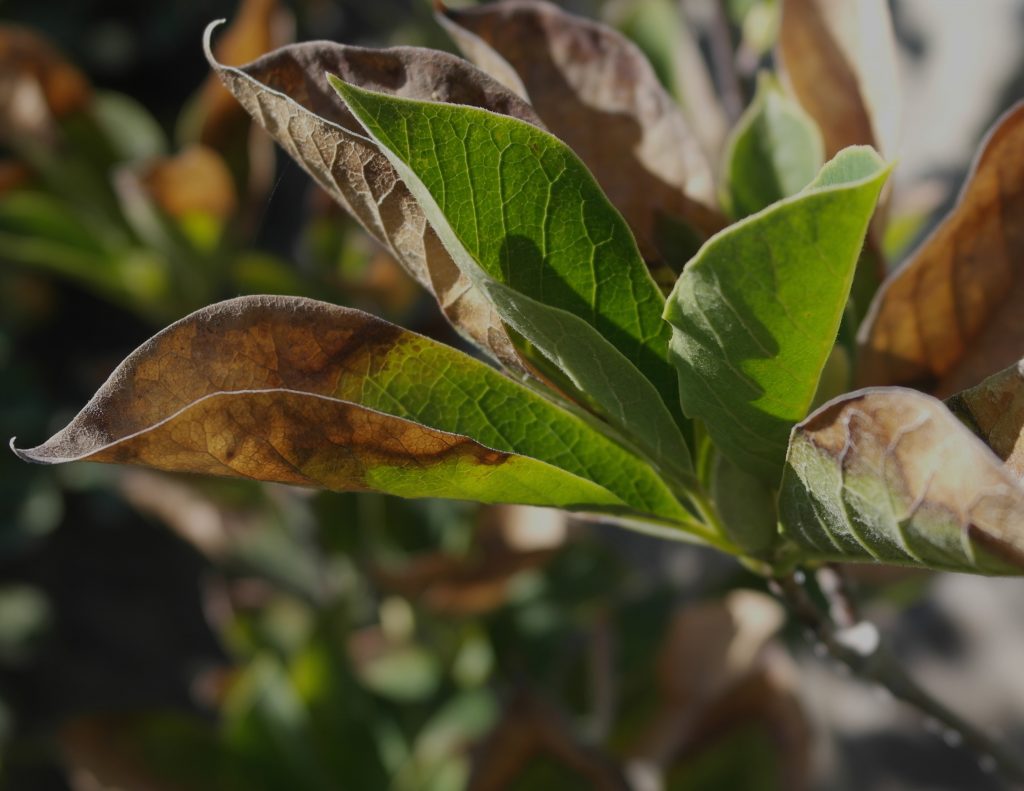
Salinity
Salt in soils or water is simply the presence of too many soluble ions in the soil-water solution. This tends to happen in dry climates where evaporation rates exceed precipitation rates. In these climates salts accumulate in soil when surface waters pick up minerals from soil that is high in precipitated salts. In wetter climates water leaches salts from soil so surface waters (rivers and lakes) have fewer dissolved salts. Also, in dry climates irrigation is often a must and irrigation sources usually have high amounts of dissolved salts. In high salt environments plants must use energy to increase their own salt balance at the root interface to make uptake of fresh water through their membranes possible. This energy is thus not available for growth. Salt affected plants are often smaller, even stunted depending on salinity levels and are more susceptible to root pathogens as their roots are more likely to be “leaky” giving pathogens chemical signals of their susceptibility. Salt damaged leaves often show “edge” necrosis or burning on the oldest leaves.
Salt affected soils should not be allowed to dry out as roots will be damaged. Leaching to dissolve salts and move them below the root zone is one approach to prevent further symptoms.
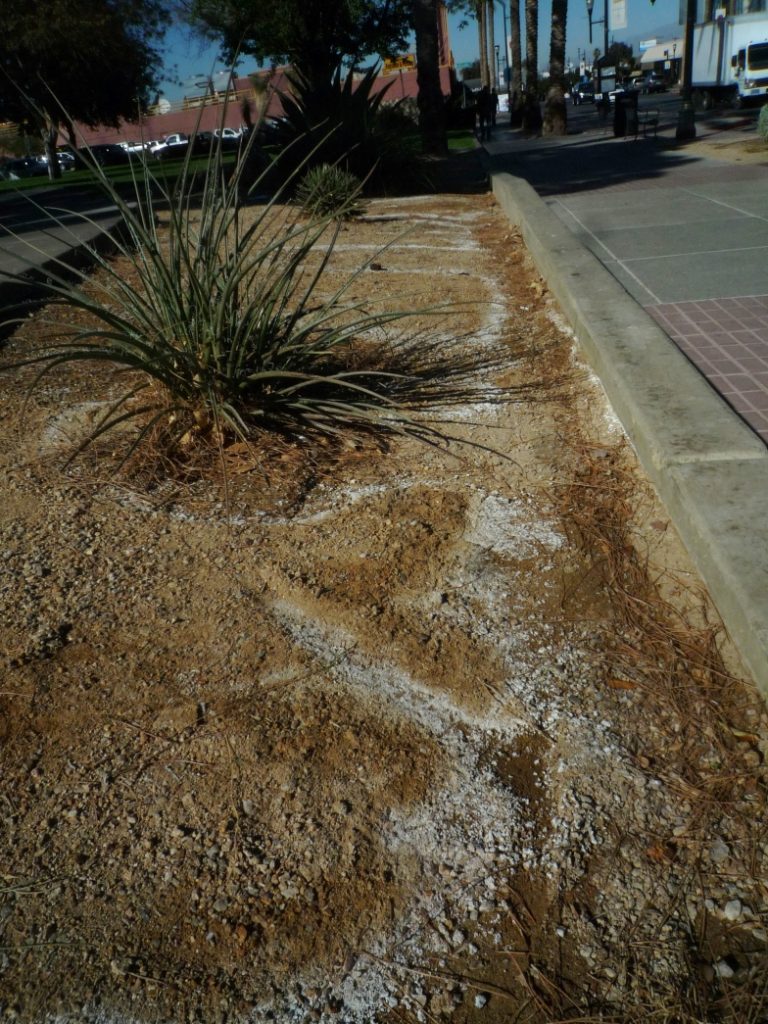
Soil compaction
Soil compaction is the increase in soil bulk density beyond a point where roots function and grow. Bulk density is a measure of soil compactness and is calculated as the weight of dry soil per volume. Optimal and harmful bulk densities vary by soil texture. Sands have higher bulk densities than loams which are higher than clays in their growing range. Normal bulk density for a sand will be a compacted value for a clay. Values above 1.1, 1.4 and 1.6 g/cm3 can be restrictive for roots growing clays, loams and sands respectively. Compacted soils of any texture restrict plant growth. Stunting, poor growth and nutrient deficiencies due to loss of root function are common.
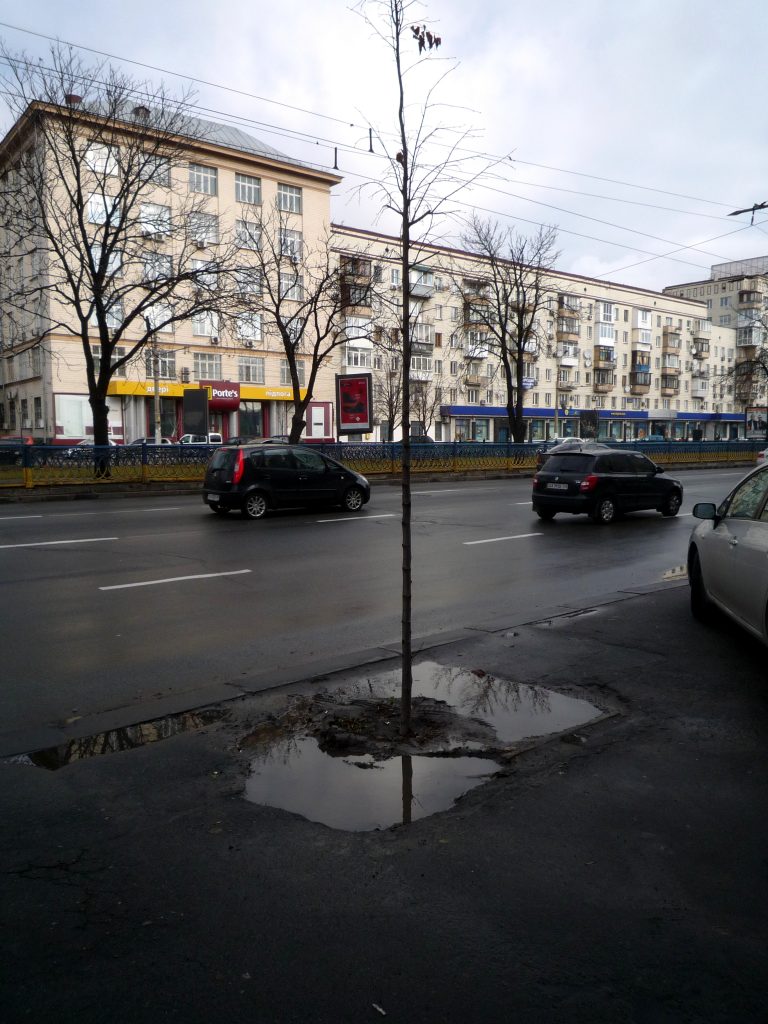
Extremes of light
Light is necessary for photosynthesis but it is also a radiation source that can include damaging light energy when it reaches tissues that are not accustomed to it. This happens frequently on over-pruned or damaged trees, where the canopy is suddenly reduced and stem tissues receive intense sunlight. On thin or green barked trees this can cause sun scald. Apples are particularly sensitive and will develop large cankers on upper branch surfaces if too much light is allowed into the canopy during summer. Canopy loss compounds light injury because the tree is not cooling itself as efficiently with fewer leaves. Infrared energy (heat) builds up on branch surfaces and can kill underlying stem cambium layers.
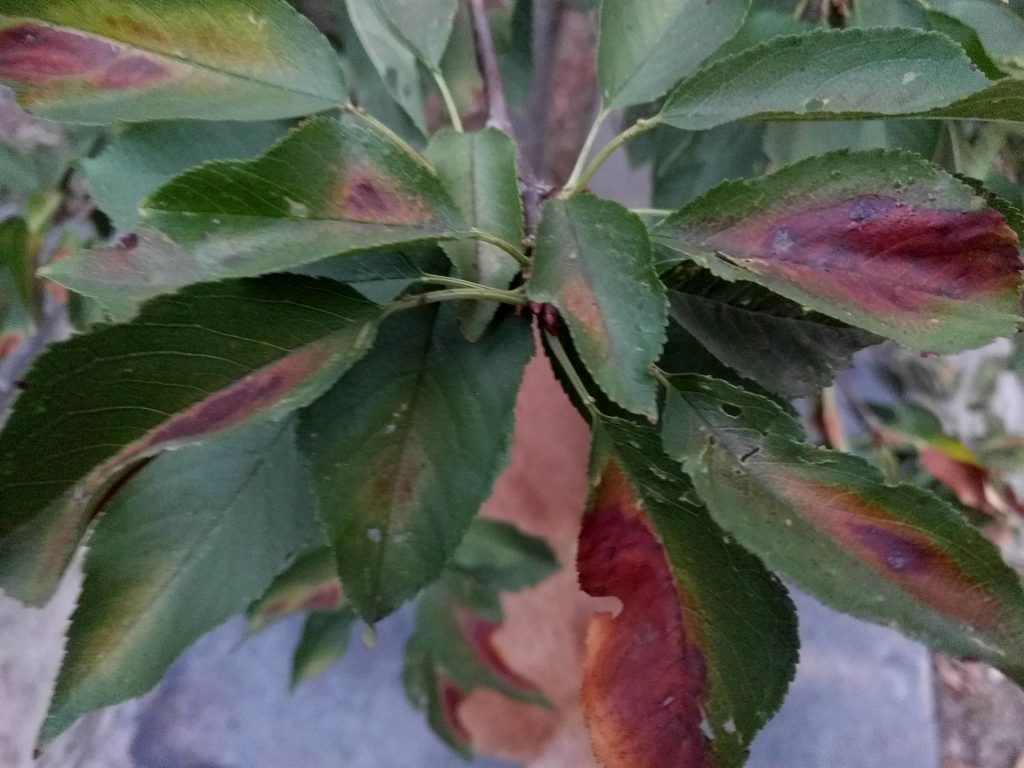
Low light levels also harm plant productivity. All trees tend to lose interior branches as normal growth increases canopy density and light levels decrease in the innermost canopy. Inner branches store less and less energy and essentially die due to light starvation. The same thing can happen to entire trees if they are overgrown by vines, other trees or shaded by buildings. While canopy thinning will preserve inner branches, it is not absolutely necessary as branch dieback is a natural process in most trees.
Effects of Herbicides Sometimes herbicides cause damage to non target plants. This happens when herbicides are applied unknowingly, such as residues in composts, drift from off-site applications, or by choosing the wrong herbicide to use in a garden setting. Herbicides affect plants in different ways: some only affect tissues they contact, others are systemic, and some affect seeds as pre-emergent herbicides and have activity in soil over time. Diagnosing herbicide damage often requires sleuthing and inquiry of what has happened in the past and what materials your neighbors may be applying. As with any pesticide, herbicides should be applied according to label instructions.
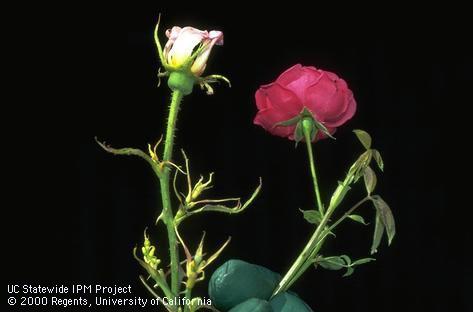
References
Costello, L., Perry, EJ, Matheny, NP, Henry, MJ, and PM Geisel. 2003. Abiotic Disorders of landscape plants a diagnostic guide. ANR publication 3420 University of California, Communication Services, Oakland CA.
Manion, P. 1981. Tree Disease Concepts. Prentice-Hall Inc., 399pp.